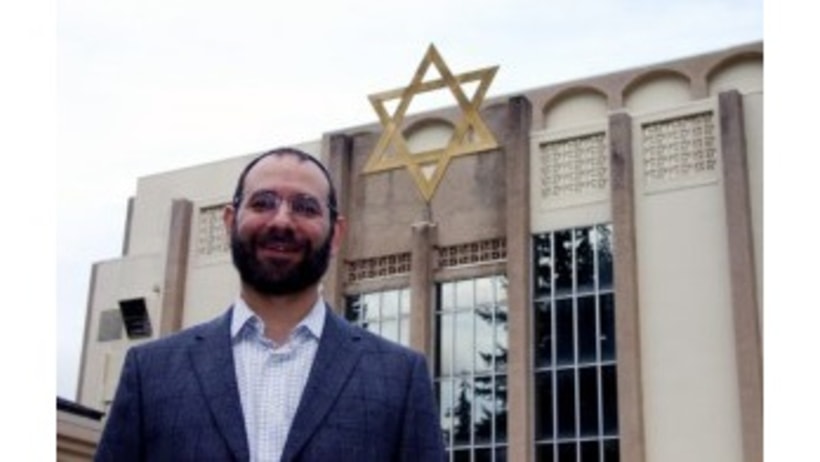Oasis Songs: Musings from Rav D
Friday, October 9, 2015 /26 Tishri 5776
Once again, the news from Israel is difficult. Tempers have flared and violence has escalated. We mourn the rising death toll, pray for calmer minds to find a way where for so long, the way to coexistence has been blocked. Sha’lu shalom Yerushalayim. Pray for the peace of Jerusalem, may all those who love you be secure.
At the end of our fall holiday cycle and so many intense days of inwardness, prayer and community, it’s not unusual to hear people say something along the lines of “I’m so glad that life is back to normal, now I can get back on track.” This raises a couple of wonderful questions. What is the point of the Jewish holidays? What should we take with us as we head into “hol”–into mundane time?

Most societies contain more than one concept of the ideal life, and therefore of the ideal type of person. In America, we talk of the career-focussed individual and compare that “type” with the family-focussed person. Our society’s way of resolving this tension with which so many of us wrestle is to speak about work-life balance, even as it is unclear what that might look like for any of us.
Not surprisingly, our Jewish ancestors lived in very different cultures from ours. They had their own notions of the ideal life and therefore the ideal person. What can we learn from them, and how might it answer our initial questions about the purpose of the fall holidays?
If we travel back a thousand years, the great doctor, legalist and philosopher, Moses Maimonides, outlined the ideal Jewish type for his age. Drawing on Aristotle, Maimonides speaks about the hasid or the saint on the one hand, and the noble citizen (the aristocrat) on the other. The noble citizen is concerned with the public sphere, and is dedicated to work and politics. Such a person finds fulfillment in the law and with society’s notions. The Saint, meanwhile, goes above and beyond the law. This hasid, or pious person, emphasizes personal humility and connection to God and views the aristocrat as a bourgeois.
Maimonides urges us to find the middle path between these two types, and then says something remarkable. He notes how some of our temperaments and inclinations are harder to change, especially those that build up or protect the self; therefore we might need to emphasize the opposite traits to restore balance in our life. Sometimes you need to sit on the very edge of the seesaw to get it level.
Our age is definitely the age of the public sphere where we focus on image and how we are doing compared with others. We focus on our own success, our own personal consumption and needs. While there is much that is good about this, sometimes we end up living a life of extreme individuality where we care most about “number one.” Although the High Holiday season can also feel extreme with its emphasis on our failings, from Maimonides’ perspective, we can view it as a corrective to return us to the middle path. We spend weeks in prayer and introspection in an attempt to balance our self interest with a healthy dose of modesty and humility.
As we return to “normal life,” I hope that we all can bring a bit of our Yamim Noraim, our High Holidays, with us to guide us and help us find the balance in our lives that we all crave.
Shabbat Shalom,
Rav D
Click here for some thoughts on the weekly Torah Reading



